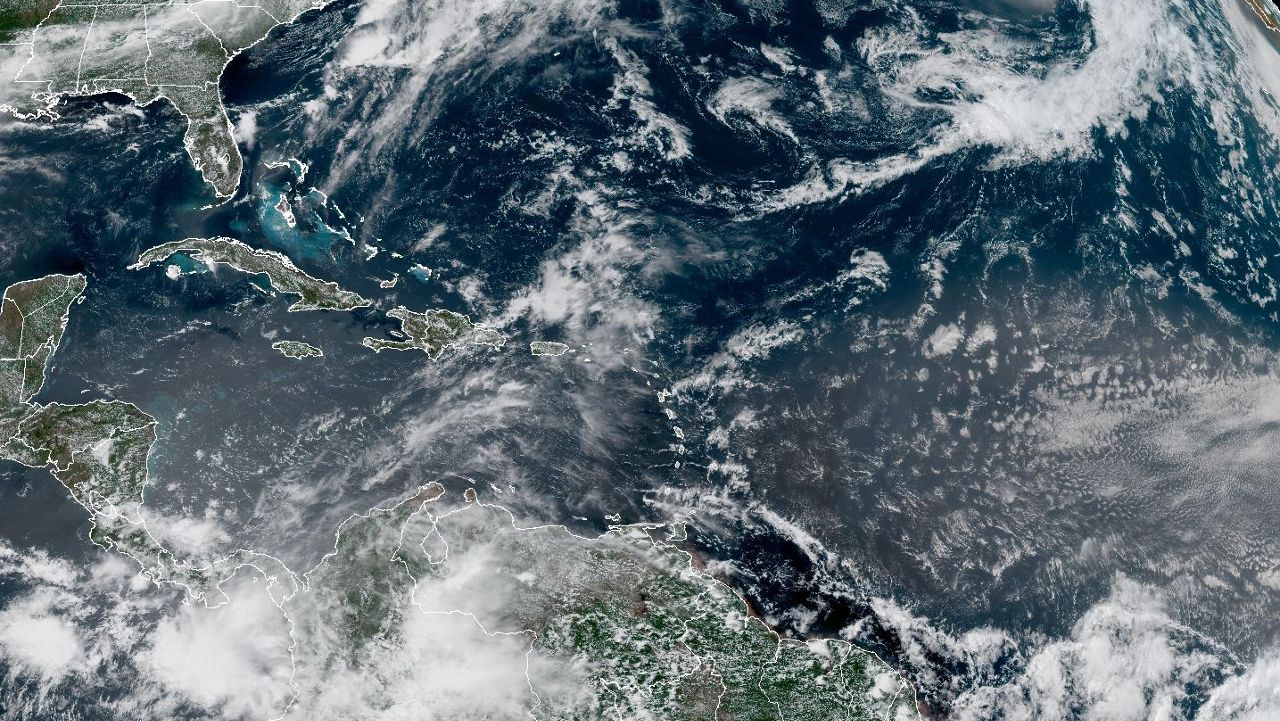CULLOWHEE N.C. — A research team at Western Carolina University is spearheading a study on microplastics in their region.
As WCU research assistant Nathaniel Barrett guides undergraduate research assistants through sample collection in Waynesville’s creeks, he picks each spot with intention.
“We are collecting three times one-liter bottles across the cross section of this creek, and throughout the depth, so we get a representative sample of the creek,” Barrett said. “We get a snapshot in time.”
This project has been in the works for years, funded by the N.C. Sea Grant and the N.C. Water Resources Research Institute.
“This is the main creek, Richmond Creek,” Barrett said, as they headed to their next destination. “Where we're going next is a tributary called Shelton Creek.”
They say their findings are just the beginning of what they hope to explore. As they make their way to the lab, the results are clear … and colorful, too.
“It’s shocking and overwhelming to think about, because plastic is such a part of our life, like everywhere, even in this lab, you'll see plastic!” WCU undergraduate research assistant Georgeanna Randall said.
The National Library of Medicine published a report this year deeming microplastics as an emerging concern.
“Microplastics is kind of in its infancy, and as far as we know, this is the first study in the southern Appalachians has been done on microplastics,” WCU Department of Geosciences and Natural Resources professor Jerry Miller said. “So, we don't know much about it, and we don't know what the potential impacts are in this area.”
Miller has helped bring this project together and knows how many questions there are to come.
His team decided to look into Waynesville waters because it holds some of the cleanest creeks in the state.
“It’s supposed to have some of the cleanest water because it's very protected and in the headwaters,” Randall said. “So it's a really good place to answer certain questions about atmospheric deposition of microplastics.”
The mysteries around microplastics as an overall science are what they hope to peek into.
“One of my favorite parts, I think it's rewarding to be part of something that's sort of new because like we've said, the methods aren't quite set in stone yet,” Randall said.
They have found that the large majority of microplastics present in their samples are fibers.
“Doing these studies, it's verification that macroplastics and microplastics are everywhere, even in these headwater streams that we're working in,” Barrett said.
Going forward, they plan to investigate where those fibers come from. Investigations will include determining whether the microplastics are mainly from the breakdown of plastic waste in the creek or if they are deposited from the atmosphere.










